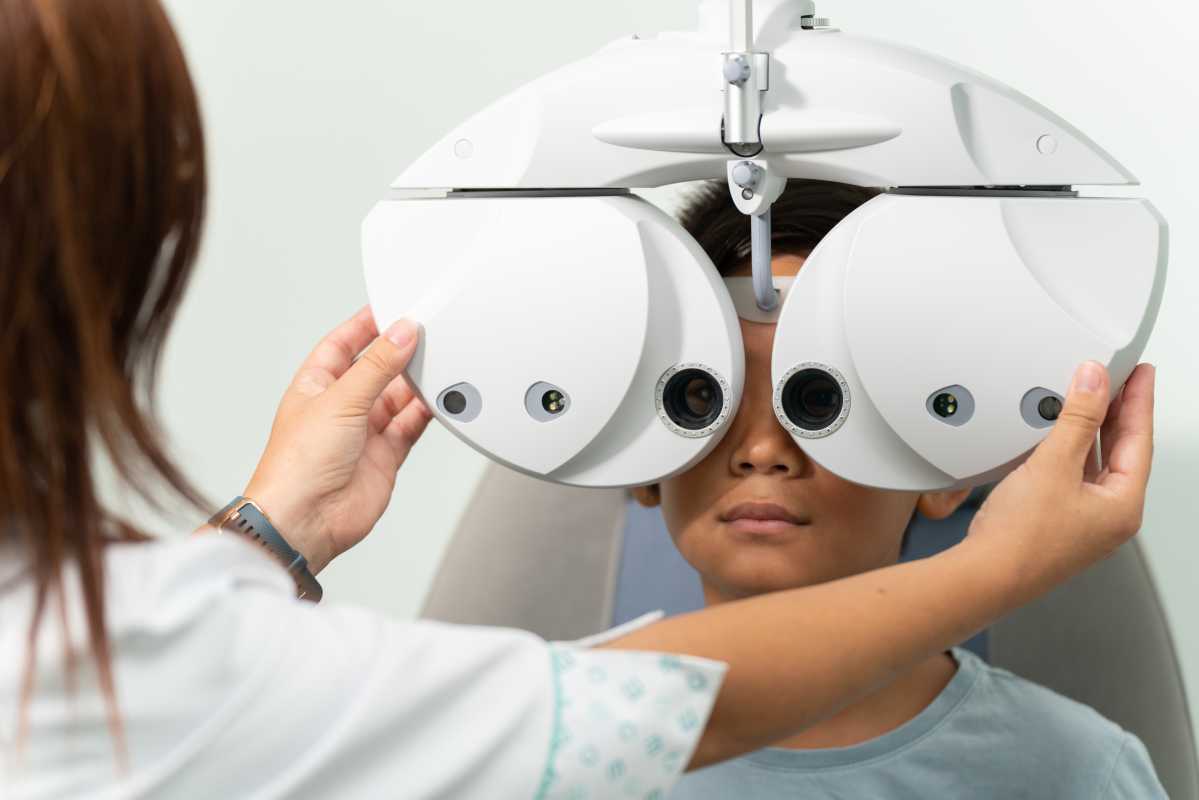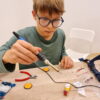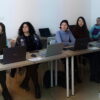
PROBLEM STATEMENT
The essence of early eye care cannot be overstated, particularly for children. The foundation of a healthy future lies not just in nurturing the mind but also in ensuring the well-being of physical attributes, with vision being paramount. The importance of preventative eye care in children emerges from a multifaceted concern encompassing the necessity to avert potential vision problems that could impede their development, learning, and overall quality of life.
Statistical data unveils a concerning narrative:
- according to the World Health Organization, the global prevalence of myopia (nearsightedness) among children and adolescents is on a significant rise, with projections suggesting that by the year 2050, myopia could affect approximately 50% of the world’s population;
- hyperopia (farsightedness) in children is also a widespread issue, with prevalence rates varying across different regions of the world, ranging from 4% to 20% among preschool and primary school-aged children;
- additionally, strabismus (crossed eyes) occurs in roughly 4% of children globally, marking it as a significant factor that can impact visual perception and social interaction.
Thus, a significant portion of children worldwide is at risk of common vision problems such as farsightedness, nearsightedness, and strabismus. These conditions, when identified and treated at an early stage, can be corrected or significantly improved, leading to a substantial enhancement in the child’s ability to learn and interact with their surroundings.
Advanced diagnostic and treatment equipment exists, capable of identifying and addressing these vision problems early on. The utilization of such technology can set a child on a path to maintaining good and stable vision throughout their life, fundamentally altering their trajectory for the better.
The World Health Organization underscores the critical nature of early eye care, advocating for initiatives that ensure children, especially those from vulnerable populations, have access to necessary preventive measures and treatments. The disparity in access to these essential services highlights a broader issue of healthcare inequality that needs urgent attention.
The imperative for programs like “Future in Focus” stems from this dire need to bridge the gap, offering all children, irrespective of their socio-economic status, the opportunity to benefit from early detection and preventive eye care. Ensuring that young eyes are not just seen but cared for can illuminate a path to a brighter, more inclusive future for the next generation.
Key POINTS
- Essential Nature of Preventative Eye Care: Early eye care is crucial for children’s development and quality of life.
- Statistical Concern: A significant number of children are at risk of developing vision problems that, if untreated, could severely impact their future.
- Technological Solutions: Specialized equipment exists that can diagnose and treat common vision issues in children, preventing long-term complications.
- World Health Organization Advocacy: The WHO emphasizes the importance of early eye care, particularly for children from vulnerable backgrounds.
- Healthcare Inequality: Access to preventive eye care is uneven, highlighting a need for programs that offer equal opportunities for all children.
- Future Implications: By providing early and preventive eye care, we can significantly improve the life trajectory of many children, fostering a healthier, more equitable future.
PROJECT GOALS
We aim to establish a solid foundation for lifelong visual health. Our program is focused on the following objectives:
- reducing the prevalence of vision problems among children and adolescents-a long-term goal of the program is to significantly decrease the prevalence of common vision issues, such as myopia (nearsightedness), hyperopia (farsightedness), and strabismus (crossed eyes), among children and adolescents through preventative measures and early intervention.
- ensuring access to quality preventative and therapeutic ophthalmological care -the program aims to guarantee free access to high-quality diagnostic and treatment services for children from vulnerable populations, ensuring they receive the eye care they need.
- raising awareness about the Importance of early vision prevention: the program seeks to increase public awareness, particularly among parents, about the significance of early detection and prevention of vision problems in children for their development and education.
These objectives contribute to a holistic approach to enhancing ophthalmological care for children and adolescents, providing them with the opportunity for healthy visual development and ensuring equal access to essential medical services.
IMPLEMENTATION METHODS
At the heart of our program’s successful implementation lies a comprehensive approach to protecting the vision of children and adolescents, aimed at preventing and timely treating eye diseases. We are committed to implementing effective methods and strategies that will ensure long-term improvements in vision quality and, consequently, the overall well-being of the younger generation.
Partnership with ophthalmological clinics: establishing collaboration with ophthalmological clinics to provide free diagnostics and treatment for children from vulnerable populations.
Purchasing and distributing equipment: acquiring modern diagnostic and therapeutic equipment for ophthalmological clinics collaborating within the program to ensure high-quality vision care.
Training for medical specialists: organizing visits for specialists involved in the program to seminars and conferences to enhance their skills in early detection and treatment of vision disorders.
Raising awareness among parents and the general public: developing and implementing informational materials aimed at increasing awareness among parents and the public about the importance of early vision prevention and the available treatment and prevention methods.
Monitoring and evaluating program results: Implementing a monitoring and evaluation system to track the program’s effectiveness, analyze diagnostic and treatment outcomes, and make necessary adjustments to implementation methods.
These methods contribute to a comprehensive approach to the prevention and treatment of vision disorders among children and adolescents, aiming to ensure their healthy visual development.
IMPLEMENTATION PHASES
To ensure successful implementation and long-term impact, the “Future in Focus” program follows a well-structured action plan. This plan is designed in such a way that each stage contributes to strengthening ophthalmological care and preventing eye diseases among children and adolescents. It’s important to note that the program’s approach encompasses not only medical aspects but also an educational component, as well as active community engagement.
Establishing partnerships with ophthalmologists and clinics: Initiating collaboration with ophthalmological specialists and clinics, which is key to the successful execution of the project.
Supplier analysis and equipment purchase: conducting a thorough analysis of medical equipment suppliers and purchasing modern diagnostic and therapeutic equipment for program implementation.
Training specialists: organizing training and seminars for specialists who will operate the new equipment, ensuring high-quality patient care.
Creating informational materials: developing and producing print and digital materials to disseminate among the program’s target groups.
Organizing seminars for parents and the public: holding educational seminars and meetings aimed at raising awareness about the importance of prevention and early treatment of vision disorders.
Informing about prevention and treatment opportunities: spreading information about the hardware prevention and treatment methods available within the program among potential participants and partners.
Forming partnerships with non-governmental organizations and Individuals: at this stage, the program aims to expand its network of partners, including NGOs, private individuals, and other organizations, to enhance informational support and spread data about the program.
Monitoring and evaluating the program’s Impact: conducting regular monitoring and evaluation of the program’s outcomes and its impact on the visual health of participating children and adolescents, as well as adjusting strategies and methods based on the findings.
These stages ensure a systematic approach to the program’s implementation, from preparation through to practical execution and outcome evaluation.
OUR EXPERIENCE
Our organization interacts daily with children and adolescents from vulnerable segments of the population, actively communicating with their parents. In the course of these interactions, we have repeatedly encountered vision problems among children, as reported by their parents. Many of these issues are caused by heavy academic workloads, frequent use of electronic devices, and adverse environmental conditions. This issue is particularly acute among children of refugees and migrants, whose parents often do not know where to turn for necessary preventative or vision treatment assistance.
We strive to direct them to available free medical facilities, however, long waiting times are common, and unfortunately, only a few of these establishments offer hardware prevention or early treatment of vision disorders. This situation poses significant challenges for many families, as they are unable to afford paid medical care, resulting in a continued deterioration of their children’s vision.
In response to this problem, we regularly conduct informational meetings for parents, discussing the importance of timely prevention and treatment of vision diseases. We also hold educational sessions for the children themselves, using playful methods of teaching for the younger ones to raise their awareness about vision care. Our goal is to assist these children and provide them with the opportunity to see the world in bright and full color in the future.
After numerous interactions with parents and conducting preventive seminars for children and adults, realizing the complexity and importance of these problems, we sought advice from experienced specialists in ophthalmology. Gathering information based on the experience of our foundation and the insights from vision specialists, we created this program.
FUNDS ALLOCATION
The allocation of funds for the “Future in Focus” program will be organized as follows, based on the objectives and implementation methods of the program.
Equipment purchase: a significant portion of the budget will be allocated to acquiring modern ophthalmological equipment for diagnosing and treating vision disorders. This includes specialized devices for early detection of vision problems and hardware treatment.
Training for specialists: a major expense item is the training of medical staff to operate the new equipment and enhance their skills in the prevention and treatment of vision diseases in children.
Payment for specialist services: a separate budget segment needs to be allocated for the payment of services by ophthalmologists and other medical specialists who will conduct vision diagnostics and treatment. This will enable the hiring of highly qualified experts to work within the program and ensure quality service for participants.
Creation and distribution of informational materials: funding is required for the development and printing of informational brochures, posters, and other materials, as well as for creating digital content to raise awareness among parents and children.
Organizing seminars and meetings: funds will be directed towards holding educational events for parents and the public, as well as organizing interactive sessions for children about the importance of eye care.
Partnership and collaboration: establishing and supporting partnership relations with ophthalmological clinics, non-governmental organizations, and other external organizations to expand reach and increase program effectiveness.
Monitoring and evaluation: It is important to allocate funds for monitoring program execution and evaluating its effectiveness. This includes data collection, analysis of results, and preparing reports on the program’s impact on children’s vision health.
Administrative expenses, related to the management and support of the program (organizational and operational costs).
Thus, the funding allocation is thoughtfully planned, considering all key aspects and needs of the program to achieve its primary goals and objectives.
Notice: Test mode is enabled. While in test mode no live donations are processed.





